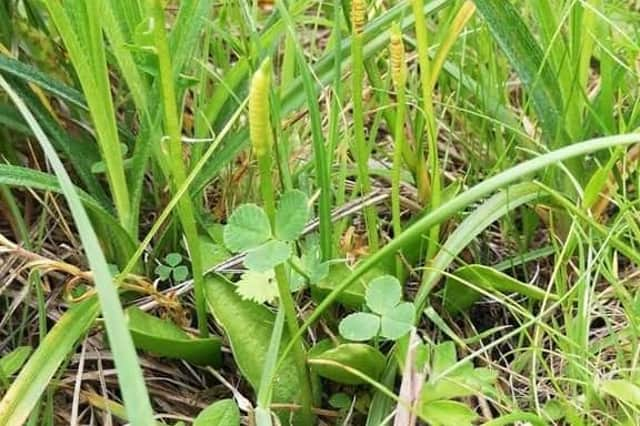Rare fern found for the first time at St Cyrus National Nature Reserve


The discovery was made at the National Nature Reserve on July 5 and was originally thought to be the Common Adder’s-tongue which, despite the name, had not been seen in the area since the 1850s. However, BSBI’s national fern expert Dr Fred Rumsey, former Senior Curator at the Natural History Museum in London, confirmed that these plants were the even rarer Small Adder’s-tongue, a species never before recorded in the county.
Of the two species of Adder’s-tongue fern found on mainland Britain, Small Adder’s-tongue is typically found in frost-free coastal locations – grasslands, cliff tops and sand dunes – mostly on the north and west coasts of Britain. This Kincardineshire find is valuable because it fills a gap on Scotland’s eastern coast – the nearest populations are 40 miles to the north of Aberdeen and 80 miles south to the island of Lindisfarne.
Advertisement
Hide AdAdvertisement
Hide AdMr Elston said: “It was a bit like finding gold at the end of a rainbow! This was a chance discovery, made whilst I had my nose to the ground marking out something else that I thought would be of interest to the Reserve staff. As Kincardineshire has few active plant recorders and an area of about 1000 km2 there must be many more botanical discoveries and rediscoveries waiting to be made.”
Adder’s-tongue ferns have a single leaf-like frond and a narrow spore-bearing frond that resembles a snake’s tongue which gives the plant its name. Although the Small Adder’s-tongue boasts distinctive features, its diminutive size, rarely exceeding 10cm tall, and its green coloration make it inconspicuous amidst other vegetation.
Matt Harding, BSBI Scotland Officer, said: “This just goes to show that despite 20 years of intensive botanical recording for our recently published Plant Atlas, there are still significant and exciting discoveries to be made, even at well-visited sites!
“Anyone can get involved with botany, explore their local environment, and make a real contribution to our scientific understanding of nature. Find out how by visiting the BSBI website.”